St. Joseph Altar
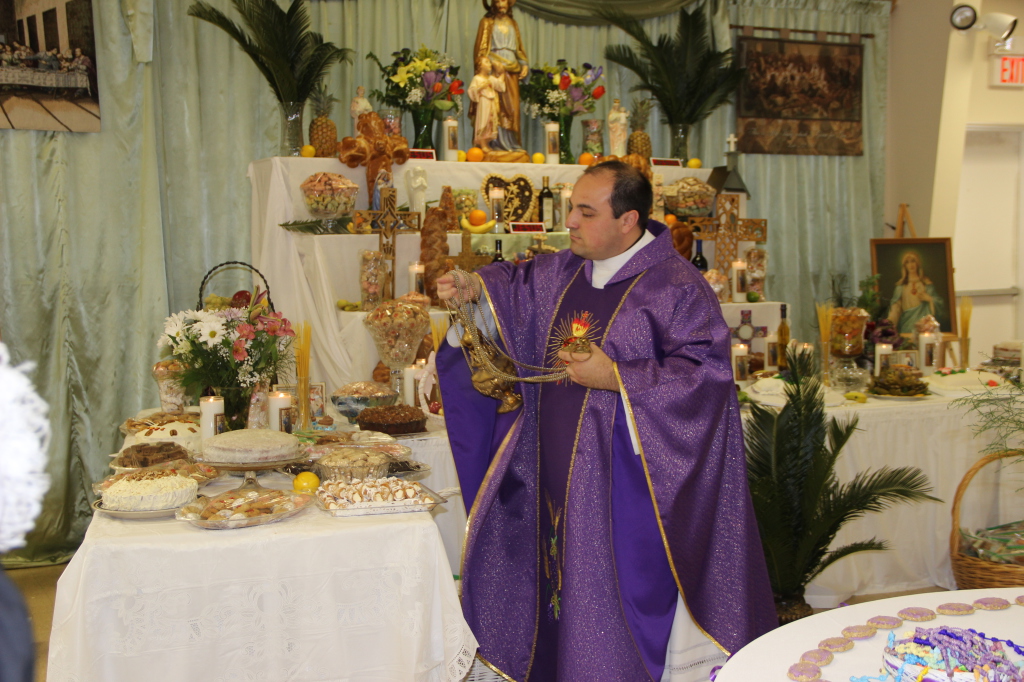 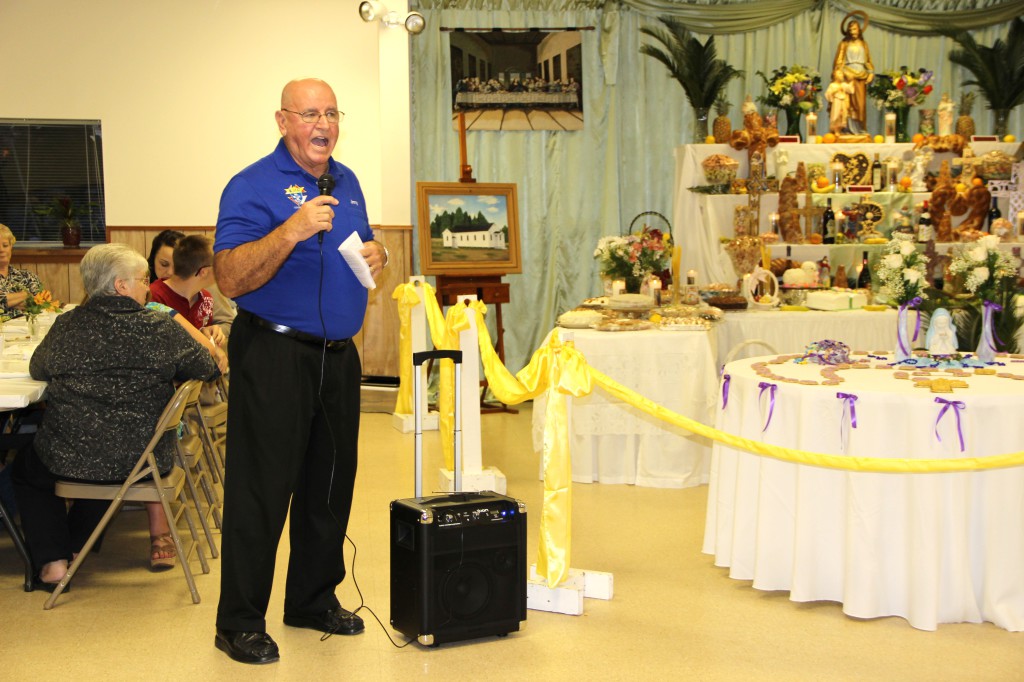
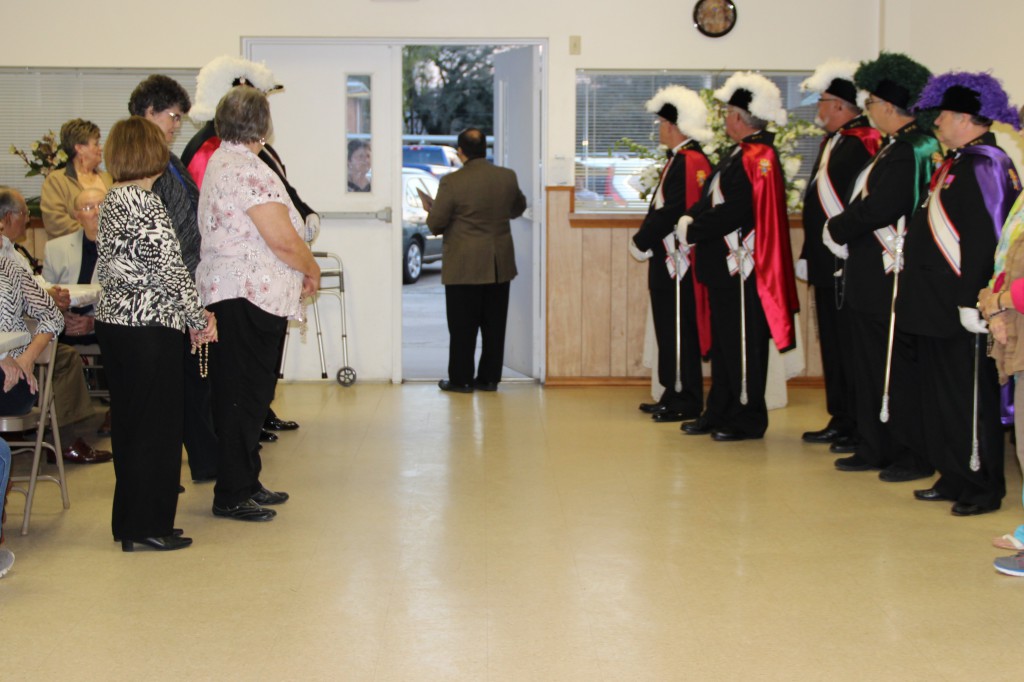 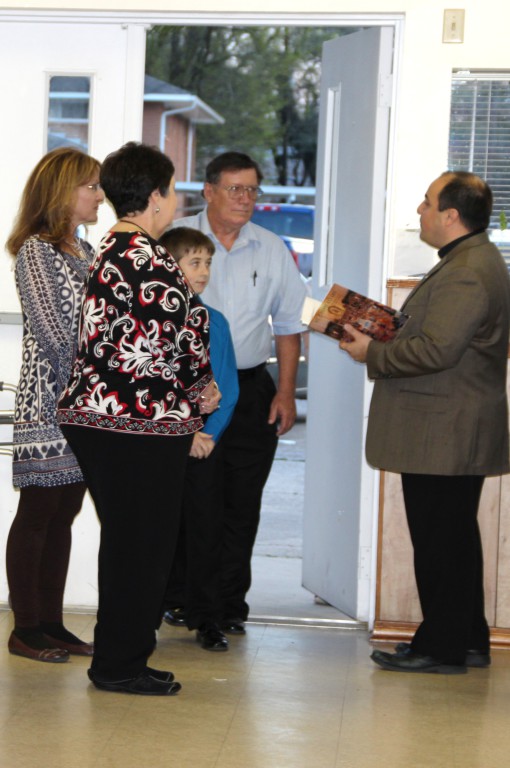 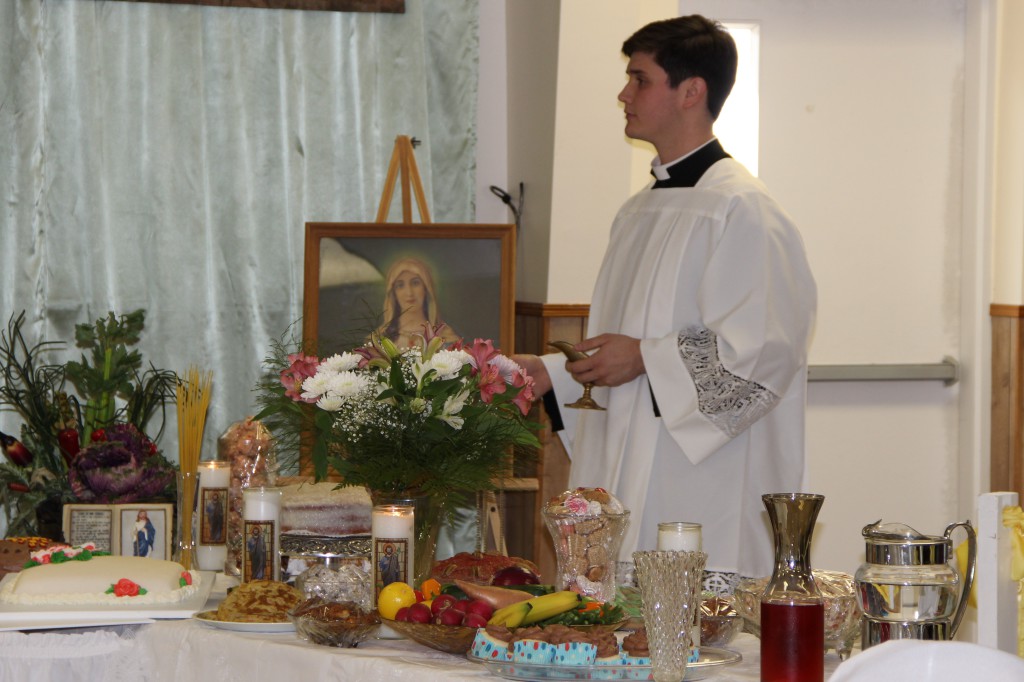 2015 St. Joseph Altar 2015 St. Joseph Altar
St. Joseph's Day altars began as a custom brought to New Orleans by Sicilian immigrants. The tradition of building the altar to St. Joseph began as far back as the Middle Ages in gratitude to St. Joseph for answering prayers for deliverance from famine. The families of farmers and fisherman built altars in their homes to share their good fortune with others in need. The tradition grew to a more public event on St. Joseph's Feast Day on March 19. Today the individuals who work on the altars are fulfilling their own promises to St. Joseph "to share their blessings with those in need."(2) Without exception, the altar workers explained that they contributed to the altars not for their own purposes but 'for St. Joseph' or for a family member or friend.(5)
The altar is broken after a ceremony which reenacts the Holy Family seeking shelter. The ceremony is called Tupa Tupa "which in Italian means Knock Knock." Children dressed in costume "knock at three doors asking for food and shelter. At the first two they are refused. At the third door, the host of the Altar greets them and welcomes them to refresh themselves."(2)
The Mary's Helpers Newsletter makes an interesting connection in the interpretation of Joseph as a deliverer. "It was told to the Israelites in the Old Testament, 'Go to Joseph,' if they wanted any favor or benefit, referring to the Joseph of Egypt. 'Go to Joseph,' is the advice and counsel given to every Catholic who wants a favor and believes in the sanctity of the Holy Family."
The concentration of Sicilian immigrants in New Orleans explains why this tradition is almost exclusive to this southeastern city. Whereas most immigrants from Naples "settled in New York and other cities along the eastern seaboard" the Sicilians "sailed from Palermo and landed in New Orleans. Between 1850 and 1870, the U.S. Census Bureau estimates that there were more Italians in New Orleans than in any other U.S. city. By 1910, the population of the city's French Quarter was 80 percent Italian. Today there are 200,000 Americans of Italian descent living in New Orleans and its suburbs, making Italian Americans the largest ethnic group in the city."(4)
Symbols in the St. Joseph's Day altar
Many of the altars we visited were constructed in the form of a Latin cross with two additional tables running parallel to the length of the cross. This tripartite arrangement refers to the Trinity. A statue of St. Joseph or a picture of the Holy family is usually at the top of the altar.(1)
"All of the items on the altar -- food, candles, medals, holy cards and fava beans -- are blessed by a priest in a special ceremony before an altar is 'broken.'"
Over the doorway a fresh green branch is placed to indicate that the public is invited to participate "in the ceremony and to share the food."(1) The specially prepared breads on the St. Joseph's altar may take many forms. As this custom is observed during the Lenten season, and the tradition was begun in Sicily where fish and shellfish were more common than meat, decorative breads in the form of shellfish are common. Other symbolic imagery specific to Joseph might include tools used by a carpenter (ladder, saw, hammer, nails) as well as sandals, lilies and a staff. Some of the breads are prepared with a decorative interlace and filled with figs, alluding to the fig orchards of Sicily.(1)
Breads and cakes may also take the form of more common Christian symbols, i.e., the Monstrance or Spada which holds the sacred Host; the Chalice, which refers to the consecration of the Bread and Wine at the Last Supper; the Cross (crucifixion of Christ), Dove (Holy Spirit), Lamb, Fish (Jesus as the Lamb of God and the Fisher of Men); and Hearts (Sacred Heart of Jesus, Immaculate Heart of Mary. A heart pierced by a dagger also refers to the grieving mother or Mater Dolorosa and may bear the names of recently departed loved ones.) A Crown of Thorns and Palms refer to martyrdom and symbols of eternal love.(1)
Wine bottles on the altar represent the miracle of Cana and the twelve whole fish represent the twelve apostles and the miracle of the loaves and the fishes. Other images specific to Sicily include grapes, olives and figs referring to the orchards and vineyards in Sicily. Two prepared foods that are commonly seen on the altar include the Pignolatti and the Pupaculova. The Pignolatti are fried pastry balls joined together in the shape of a pine cone representing "the pine cones Jesus played with as a child." The Pupaculova is a baked bread which encloses a dyed Easter egg representing the "coming of Easter."(1)
Bread crumbs or "Mudica" are served as a seasoning over the Pasta Milanese on St. Joseph's Feast Day and symbolize sawdust.(1) The food served to the public on St. Joseph's Day is a reenactment of a promise made to St. Joseph for delivery from famine. "Small bags are given as keepsakes to all who visit the altar. Each bag may contain a blessed medal, holy card, fava beans, cookies or bread.
Artichokes figure prominently in the food served and, when they are available in abundance, stuffed artichokes may also appear on the altars.
Perhaps the most ubiquitous symbol to be found on the altar is the lucky Fava Bean. "The gift of a blessed bean is the most well known of the customs associated with the St. Joseph's Day altar. During one of Sicily's severe famines, the fava bean thrived while other crops failed. It was originally grown for animal fodder, but because of its amazing resilience, it became the sustaining food of the farmers and their families. The dried bean is commonly called the "lucky bean." Legend has it that the person who carries a 'lucky bean' will never be without coins. The fava bean is a token of the St. Joseph's Altar, and a reminder to pray to St. Joseph," particularly for the needs of others.(5)
Excerpts from St. Joseph's Day Altars by Anna Maria Chupa
References:
- St. Joseph Church, Gretna, LA St. Joseph Altar Customs
- Mary's Helpers, Inc. News: February 25, 1998
- Butler's Lives of the Saints 1991
- IADI: Spring 1998
- Anna Chupa, Field notes, March 18, 1998. Interview with Dolly and Peter Bertucci, Piazza D'Italia and visitors and altar workers at St. Joseph's Church, Gretna, LA
- Anna Chupa, Field notes, March 19, 1997. Interview at Our Lady of Lourdes, Violet, LA
|